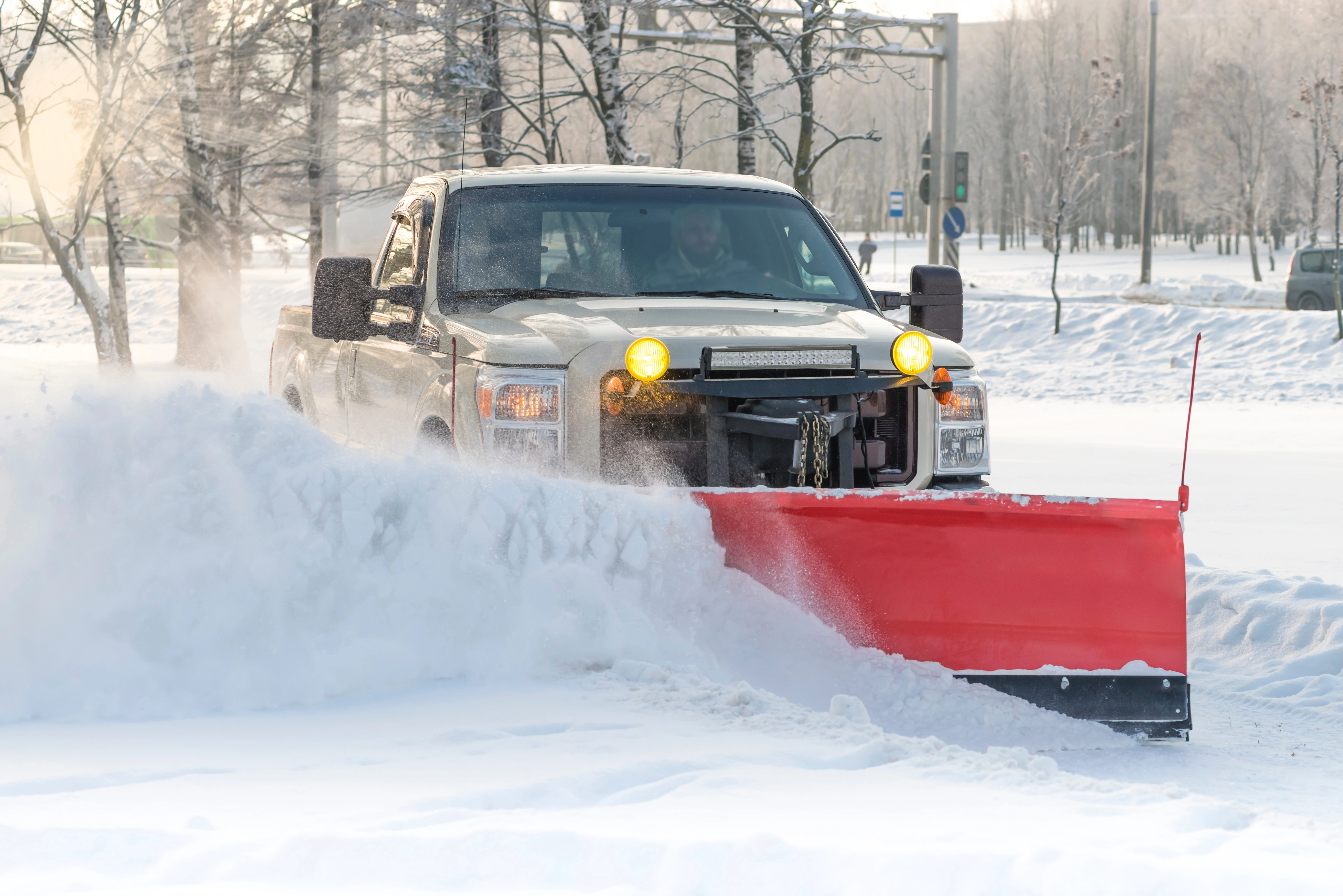Tips on how a snow removal contractor can prep for a job site

Before your snow removal season starts, it's a good practice to visit each site to help avoid headaches and unexpected situations. Review the contract and specifications to help clarify customer expectations so employees understand what must be done. Below are some suggestions for these processes.
Job-site visits
- Take photos of each customer's property, including any existing damage.
- Map out site hazards and provide to drivers for reference (e.g., lawn sprinklers, downspouts, curbs, driveway aprons, parking meters/pay stations, signs, parking stops, dumpsters, grassy areas, loading docks, ramps, EV charging stations, speed bumps, train tracks).
- Note the location of any surveillance cameras in case footage is needed after an incident.
- Identify and document site-specific needs, such as:
- Best equipment for the site
- Ideal skill level of operator assigned to the site
- Suitable equipment storage location
- Proper locations for snow piles, making sure they do not block driver views or create melt and refreeze hazards
- Stakes, signs, or other physical markers
Customer files
Each customer file should include but not be limited to:
- Contracts, hold harmless agreements, and customer agreements.
- Define who is responsible for doing what, where, when, and how.
- Documents should be appropriately reviewed by legal counsel.
- Pre-season site inspection information and site-specific requests.
- Incident investigations and records.
- Complaint logs.
- Proof-of-service logs and job photos.
Subcontractor files
Consider prequalifying your subcontractors. There are a lot of consequences that can arise if you hire the wrong one. Once you’ve selected your subcontractor, make sure proper documents are on file. Please consult with your legal counsel and refer to the following Acuity resources for more information.
- Construction Contracts - Anti-Indemnity Laws by State
- Construction Contracts - Certificate of Insurance Guide
- Construction Contracts - Construction Contract Example
- Construction Contracts - Contract Review Checklist
- Construction Contracts - Indemnification Language Analysis
- Construction Contracts - Insurance Requirement Reference Guide
- Construction Contracts - Subcontractor Agreement Checklist
- Construction Contracts - Terminology Guide
- Construction Contracts - Understanding Additional Insured Status
- Prequalifying considerations
- Consequences of selecting the wrong subcontractor
Check out these other blogs to ensure you are set-up for success this winter season: tips on selecting which business to to work with and tips for preparing for the season.
An insurance company that cares about you and insuring the things you wish to be insured.
Get a Quote> Find an Agent>

